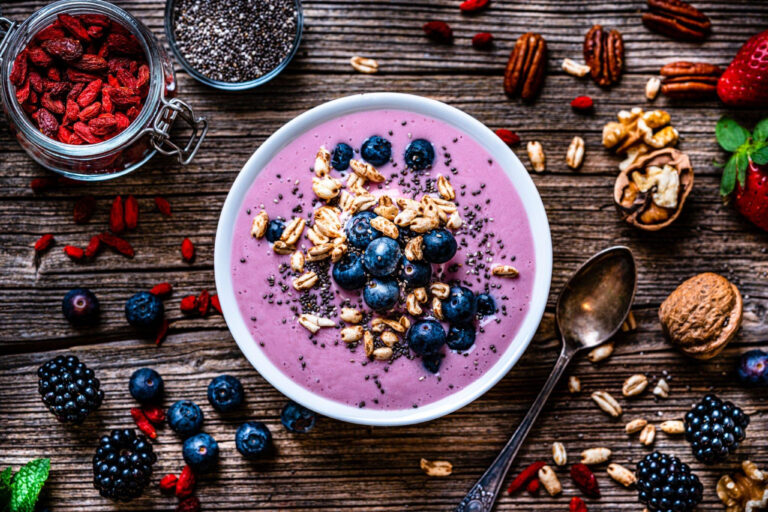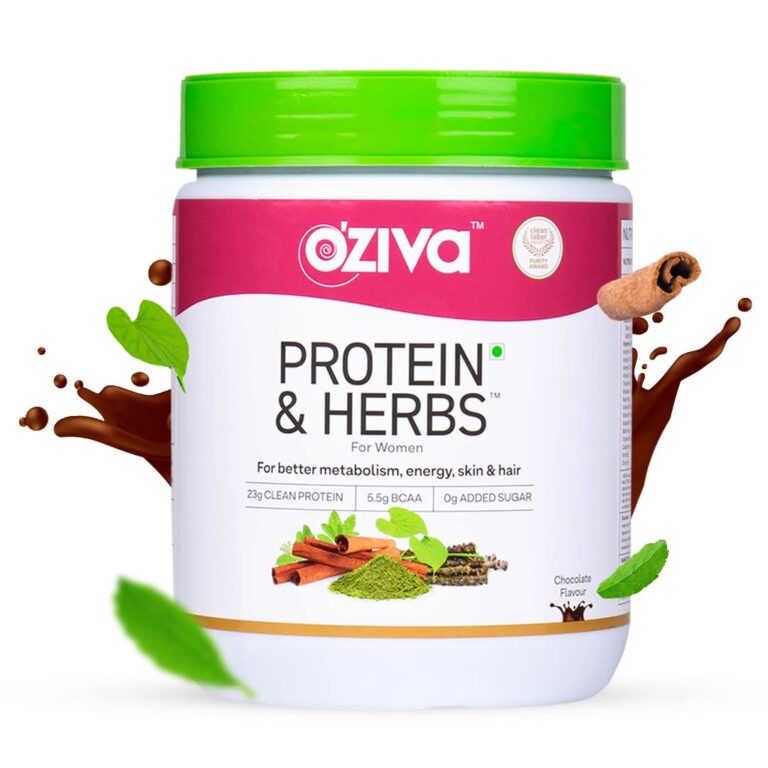
Weight Gainers vs Mass Gainers is a typical case of hobsons choice. These are two popular supplement choices ( weight gainers and mass gainers) whether you want to build muscle or increase your body weight. While each product intends to help you achieve a greater body weight or mass, there are some fundamental differences between gainers and mass gainers both.
We will further examine the significant differences between weight gainers and mass gainers, their intended use, and when each type of supplement can be more suitable for you based on your specific objectives and needs. By the time you have read this, you can choose which supplement is most appropriate for gaining weight and building muscle.
Contents
What is a Weight Gainer?
The primary purpose of a weight gainer supplement is to help you gain weight overall by increasing your calorie intake. The calorie content in a single serving is usually high, ranging from 800 to 1200 calories.
While weight gainers are rich in carbohydrates, proteins, and essential nutrients, their primary goal is to provide more calories than you need daily to help you gain pounds. The proteins found in weight gainers are sufficient to support anabolism or muscle protein synthesis, but the formulation is less dense and robust than that of mass gainers.
Weight gainers usually have more calories from carbohydrates compared to protein. Common ingredients include maltodextrin, oats, wheat, or rice to ensure fast absorption and calorie delivery. Some weight gainers also contain fats like coconut and olive oil to increase their calorie content. The primary purpose of an appetite-boosting supplement like this is to assist individuals who have difficulty consuming enough calories each day to gain weight naturally. Examples include hard gainers, people recovering from illness or injury, and athletes bulking up between competitions. While the gained weight can be muscle, fat, or a combination, the focus is on increasing overall body weight rather than specifically targeting muscular growth.
What is a Mass Gainer?
Mass gainers differ from weight gainers in their formulation and intended purpose. The primary goal of a mass gainer is to support optimal muscle growth and development through a higher intake of calories and protein specifically. The calorie count of mass gainers ranges from 650 to 1200 calories per serving on average. However, mass gainers derive a much larger percentage of their calories from high-quality protein sources rather than carbohydrates, unlike weight gainers.
Common protein ingredients in mass gainers include whey protein concentrate and isolate, casein, egg white, and milk protein concentrate. A serving typically delivers 40-60g or more protein to support muscle protein synthesis after workouts. In addition to protein, mass gainers contain complex carbohydrates like oats, brown rice, and quinoa for sustained energy release. Some mass gainers also include additional muscle-building compounds like creatine and branched-chain amino acids.
The formulation and purpose of mass gainers make them more tailored for gaining lean muscle mass rather than non-specific weight gain. Mass gainers are designed to optimize the anabolic response to strength training by providing macros in excess of daily needs.
Weight Gainers vs Mass Gainers : Key Differences
Let’s summarize some of the critical differences in the nutrition profiles of weight gainers vs. mass gainers:
1. Protein content: Mass gainers contain significantly higher amounts of protein, usually 40g+ per serving, compared to 20-30g in weight gainers.
2. Carb sources: Weight gainers rely more on simple carbs like maltodextrin, while mass gainers use complex carbs from foods.
3. Calorie breakdown: Weight gainers get more calories from carbs, while protein makes up a more significant percentage of calories in mass gainers.
4. Fats: Weight gainers occasionally contain added fats, while mass gainers focus solely on protein and carbs for muscle gains.
5. Supplements: Creatine and BCAAs are common additives in mass gainers but are rarely found in weight gainers.
6. Purpose: Weight gainers aim to boost overall weight through calories; mass gainers specifically support muscle growth and development.
| Category | Weight Gainer | Mass Gainer |
| Main Goal | Increase overall weight and size | Build lean muscle mass |
| Calorie Content | 800-1200 calories per serving | 650-1200 calories per serving |
| Protein Content | 20-30g per serving | 40g+ per serving |
| Carb Sources | Simple carbs like maltodextrin, oats | Complex carbs and whole foods |
| Calorie Breakdown | More calories from carbs | Higher percentage from protein |
| Supplements Added | Rarely contain added supplements | May include creatine, BCAAs |
| Formulation Focus | Getting calories/size | Nutrient timing for muscle growth |
| Suitable Users | Hardgainers, athletes bulking up | Bodybuilders, strength trainees |
| Digestion Effects | May cause GI issues | Generally gentler on stomach |
| Cost | Cheaper option | More expensive due to quality |
| Taste | Simple mixing, easy consumption | May have stronger flavors |
| When to Use | General weight/size goals | Dedicated muscle building focus |
| Effectiveness | Increases weight all over | Promotes defined lean mass gains |
When to Use a Weight Gainer
Since weight gainers prioritize providing excess calories over nutrient density, they are better suited for individuals focused more on gaining overall size or pounds rather than specifically targeting muscle growth. Some appropriate times to consider a weight gainer include:
1. Hardgainers who struggle to consume 3,000+ calories naturally.
2. Individuals recovering from injury, surgery, or illness who require more calories to gain weight.
3. Endurance or non-strength athletes bulking between seasons.
4. Athletes focused more on increasing overall body weight rather than muscle mass alone.
5. Individuals with fast metabolisms who easily burn through food.
6. Those trying to gain functional weight for sports like football or wrestling outside of hypertrophy goals.
7. When cost is a significant factor, and cheaper calories are needed compared to premium formulations.
8. As a transitional product before moving to a higher-protein mass gainer.
9. As maintenance to help retain weight once the goal is achieved rather than further growth
You may also like :-
Benefits of weight gainers for females
When to Use a Mass Gainer
Mass gainers are better suited for individuals dedicated to gaining muscle mass in conjunction with a strength training routine. Appropriate circumstances to consider using a mass gainer include:
1. Dedicated bodybuilders, powerlifters, or strength athletes focusing on hypertrophy.
2. Those with intermediate to advanced training experience building well-defined muscle.
3. Individuals with a good appetite and the ability to naturally consume 3,500+ calories daily, paired with a macro-dense gainer as support.
4. To maximize the new strength gained during the maintenance phase after a body recomposition.
5. To enhance protein synthesis in muscles as an addition to solid meals following a workout.
6. To supplement calorie and protein goals when extra nutrition is needed on a regular diet.
7. When specific muscle definition, strength, and size gains are the priority over general weight increase.
8. To continue the structured growth of muscle beyond the natural plateau.
9. Advanced trainees pushing their limits or competing at high levels requiring premium formulations.
Additional Considerations
In addition to the differences outlined above, there are some other factors to take into account when choosing between a weight gainer and a mass gainer:
1. Cost – Mass gainers are more expensive due to higher protein and quality ingredient content.
2. Taste – Weight gainers often mix more easily for simpler consumption, while mass gainers utilize more robust flavors. Some may prefer one over the other.
3. Digestion – Simple carbs in weight gainers are rapidly absorbed but can cause GI discomfort. Mass gainers are gentler on the stomach.
4. Goals – Short-term property regaining versus long-term structured hypertrophy-focused plans suit different products.
5. Diet – Ease of fitting calories into the diet versus the need for strategic macronutrient timing around workouts.
6. Schedule – When you plan to consume the supplement, whether pre/post-workout or as part of regular meal patterns.
7. Preference – Some prefer getting calories from whole foods rather than shakes, while others enjoy supplements as a lifestyle habit.
8. Body Type – The level of difficulty in gaining weight naturally and the capacity to consume vast amounts of macros influence product choice.
9. Budget – Consider quality versus quantity for the best long-term results within the available financial means.
In summary, weight gainers offer a more straightforward solution focused on consuming excess calories, while mass gainers take a more strategic muscle-building approach. Both have their place depending on your goals, preferences, and circumstances. Start with one and transition to the other as needed based on your progress. Always supplement responsibly with a solid training routine and balanced diet for optimal results.
Conclusion
While weight gainers and mass gainers aim to help individuals gain size through increased calorie and nutrient intake, there are essential differences in how these supplements are formulated and which goals they best support achieving. Weight gainers prioritize packing extra calories from various sources to gain weight overall, while mass gainers provide increased protein and tailored nutrients specifically for muscle growth.
Choosing between a weight gainer or mass gainer depends on whether your priority is general weight gain through calories or gaining defined muscle mass alongside strength training. Consider your current training level, macro needs, and goals to determine the most suitable option. With consistent effort in the gym and kitchen, either supplement used wisely can help take your physique results to the next level.
Frequently Asked Questions
What is the difference in calorie content between weight gainers and mass gainers?
– Weight gainers typically provide 800-1200 calories per serving, focusing on high-calorie intake through various carb sources. Mass gainers range from 650-1200 calories, deriving more calories from protein rather than simple carbs.
How much protein do weight gainers and mass gainers contain?
– Weight gainers generally provide 20-30g of protein per serving to support muscle growth. Mass gainers have a much higher protein content, usually 40g or more per serving, to optimize muscle protein synthesis.
Should I use a weight gainer or mass gainer if I’m already at a healthy weight?
– If your goal is only general weight gain with no focus on muscle, a weight gainer could help you consume extra calories. However, if looking to build defined muscle, a high-quality mass gainer would be more suitable even if not underweight.
How do the carb sources differ between the supplements?
– Weight gainers use simple carbs like maltodextrin, oats, and rice for quick energy. Mass gainers incorporate more complex carbs and whole food sources like quinoa, brown rice, and oats for slower sustained energy release.
When should you transition from a weight gainer to a mass gainer?
– Many initially use a weight gainer to help gain weight and familiarize their bodies with a calorie surplus. As goals shift towards hypertrophy rather than general size, focus can transition to a mass gainer for maximum muscle-building effects alongside training.



